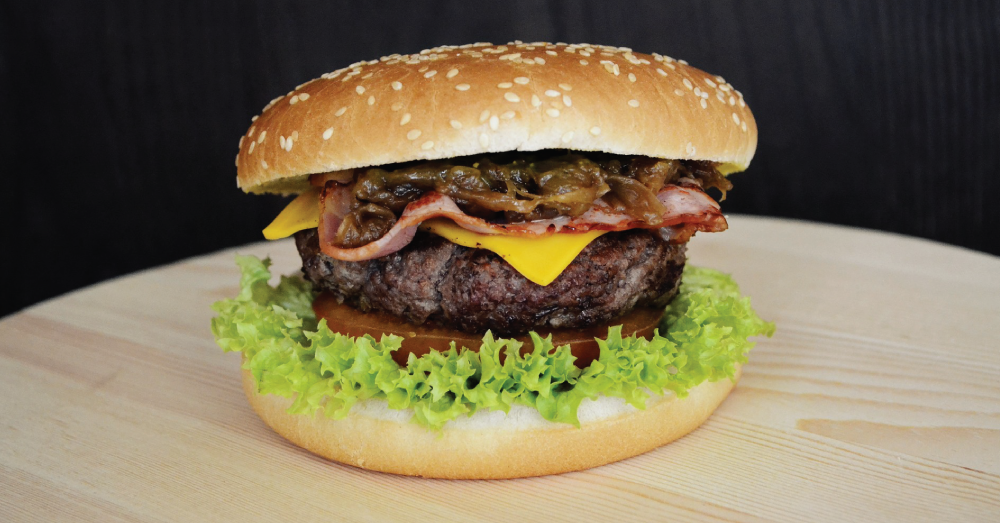
Ditching Nature in Favor of Fake Food Is Not the Solution to Destructive Factory Farming
Industrial agriculture is one of the most unsustainable practices of modern civilization. The "bigger is better" food system has reached a point where its real costs have become readily apparent. Like water running down an open drain, the earth's natural resources are disappearing quickly, as industrialized farming drives air pollution, water pollution, deforestation, rising carbon emissions and the depletion, erosion and poisoning of soils.
July 18, 2018 | Source: Mercola.com | by Dr. Joseph Mercola
Industrial agriculture is one of the most unsustainable practices of modern civilization. The “bigger is better” food system has reached a point where its real costs have become readily apparent. Like water running down an open drain, the earth’s natural resources are disappearing quickly, as industrialized farming drives air pollution, water pollution, deforestation, rising carbon emissions and the depletion, erosion and poisoning of soils.1
The long-term answer, however, lies in the transition to sustainable, regenerative, chemical-free farming practices, not in the creation of food manufacturing techniques that replace farms with chemistry labs, which is the “environmentally friendly” alternative envisioned by biotech startups and its chemists.
The conventional meat industry in particular has been shown to have a deleterious influence on our environment and climate, giving rise to a number of efforts to bring animal replacement products to market. Impossible Foods and its meatless, “bleeding” burger2,3,4,5 is one among several such inventions, and it’s a perfect example of an answer that may well create more hazards than it solves.
Meatless ‘Bleeding’ Burger — Epitome of Fake Food
Contrary to lab grown meat,6 the meat substitute created by Impossible Foods contains a mix of wheat, coconut oil, potatoes and “heme,” the latter of which is derived from genetically engineered (GE) yeast. Impossible Foods was founded in 2011 by Pat Brown, a Stanford University chemist.
A primary ingredient in the Impossible Burger is GE soy leghemoglobin, which releases a heme-like protein when broken down. This protein is what gives the plant-based patty its meatlike look, taste and texture, and makes the patty “bleed” when cooked.
While the company refers to it as “heme,” technically, plants produce non-heme iron.7 Heme iron only occurs in meat and seafood. A main difference between heme and non-heme iron has to do with their absorbability. Plant-based non-heme iron is less readily absorbed.
This is one of the reasons why vegans are at higher risk of iron deficiency anemia than meat eaters. Moreover, while soy leghemoglobin is found in the roots of soybean plants, the company is recreating it using GE yeast. As explained on the company website:8
“Heme is exceptionally abundant in animal muscle — and it’s a basic building block of life in all organisms, including plants. We discovered how to take heme from plants and produce it using fermentation … We genetically engineer yeast to make a key ingredient: heme. The process allows us to produce the Impossible Burger at scale with the lowest achievable environmental impact.
We start with the gene for a protein called leghemoglobin, a heme protein that is naturally found in the root nodules of soy plants … We add the soy leghemoglobin gene to a yeast strain, and grow the yeast via fermentation. Then we isolate the leghemoglobin, or heme, from the yeast. We add heme to the Impossible Burger to give it the intense, meaty flavor, aroma and cooking properties of animal meat.”
Possible Risks of the Impossible Burger
While the meatless patties are now sold in nearly 2,000 restaurants across the U.S., questions remain about its long-term safety for human health. Friends of the Earth, an environmental activism group with an international following, has pointed out that we do not yet know enough about the health effects of eating this kind of fake meat, and that its speedy market release is foolhardy at best.
In its report “From Lab to Fork: Critical Questions on Laboratory-Created Animal Product Alternatives”9 released June 2018, Friends of the Earth calls for more stringent safety assessments, regulations and labeling requirements. Dana Perls, a Friends of the Earth food and agriculture campaigner, told Bloomberg,10 “We need real data. People have been clear that they want real, truly sustainable organic food, as opposed to venture capitalist hype which could lead us down the wrong path.”
The report highlights a number of health and safety concerns and environmental impacts hidden beneath “climate-friendly” claims. It also points out the lack of substantiation for “clean meat,” “animal-free,” “plant-based” and “sustainable” claims. As reported by Bloomberg:11
“Friends of the Earth has raised concerns about ‘heme,’ the protein derived from genetically engineered yeast that Impossible Foods said gives the burger its faux meatiness. The U.S. Food and Drug Administration has asked for more “direct” evidence of safety as well as more testing on allergens, as reported by The New York Times12 last summer.
‘It needs to be done by a third party,’ Perls said of testing heme, with research ‘on long-term health implications.’ Impossible Foods said a panel of experts it hired has twice determined the substance to be safe, in 2014 and 2017.”
